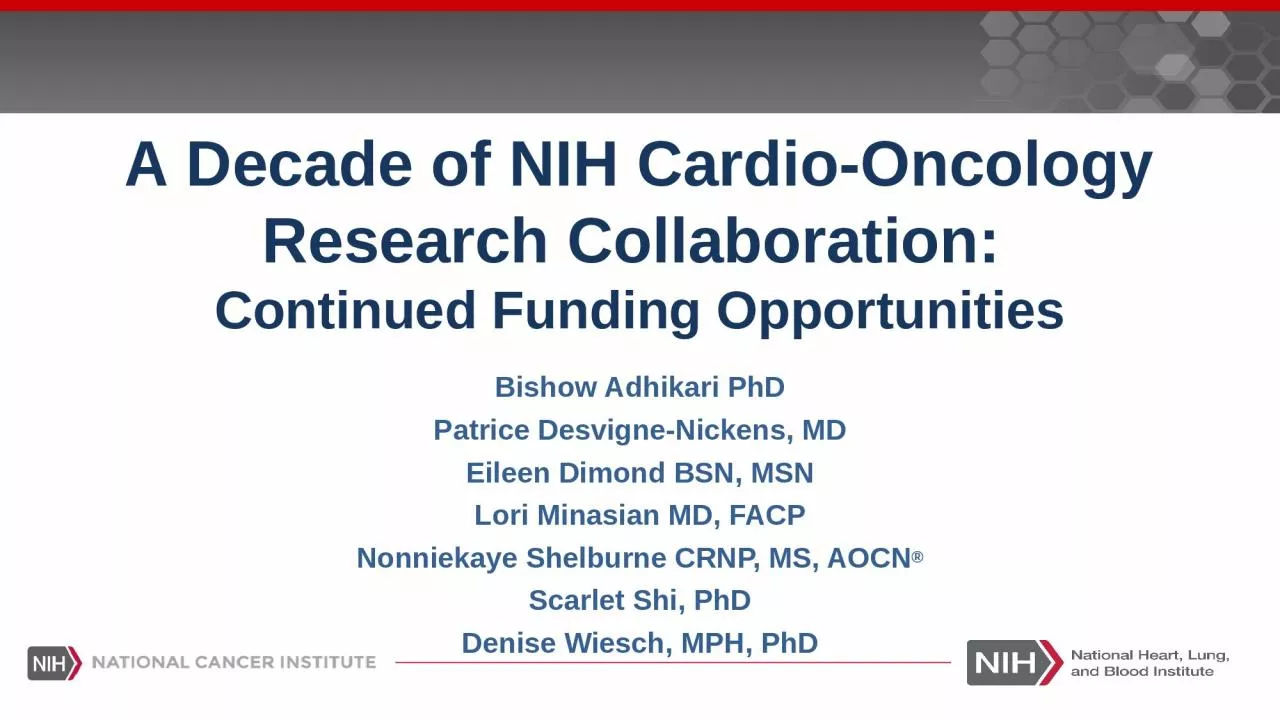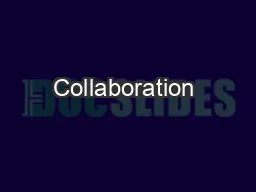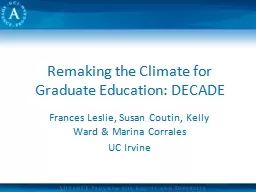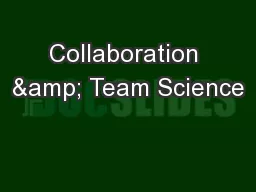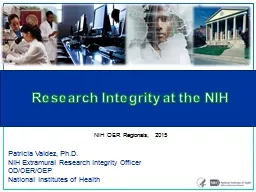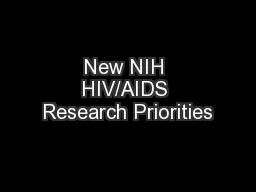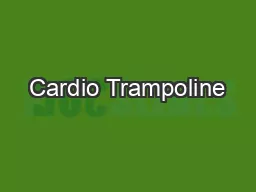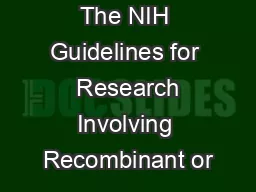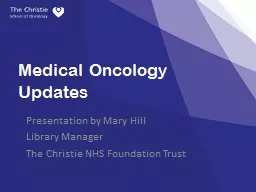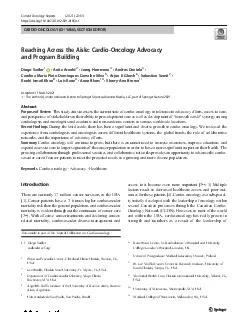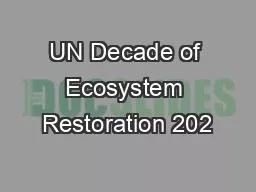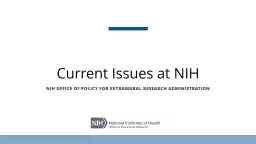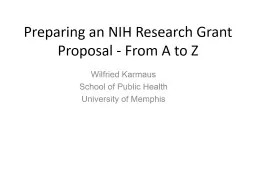PPT-A Decade of NIH Cardio-Oncology Research Collaboration:
Author : elysha | Published Date : 2023-07-22
Continued Funding Opportunities Bishow Adhikari PhD Patrice Desvigne Nickens MD Eileen Dimond BSN MSN Lori Minasian MD FACP Nonniekaye Shelburne CRNP MS AOCN
Presentation Embed Code
Download Presentation
Download Presentation The PPT/PDF document "A Decade of NIH Cardio-Oncology Research..." is the property of its rightful owner. Permission is granted to download and print the materials on this website for personal, non-commercial use only, and to display it on your personal computer provided you do not modify the materials and that you retain all copyright notices contained in the materials. By downloading content from our website, you accept the terms of this agreement.
A Decade of NIH Cardio-Oncology Research Collaboration:: Transcript
Download Rules Of Document
"A Decade of NIH Cardio-Oncology Research Collaboration:"The content belongs to its owner. You may download and print it for personal use, without modification, and keep all copyright notices. By downloading, you agree to these terms.
Related Documents

